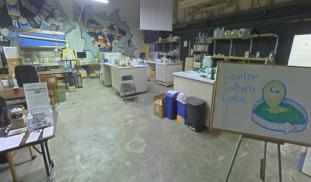Please wait...
About This Project
Counter Culture Labs
A team of biohackers is developing the first open source protocol to produce insulin simply and economically. Our work may serve as a basis for generic production of this life-saving drug and provide a firmer foundation for continued research into improved versions of insulin.
See also:

Browse Other Projects on Experiment
Related Projects
Toward ethical and affordable antivenom solutions: Can anti-toxin be animal cruelty-free?
Snakebite envenoming causes over 100,000 deaths annually, yet current antivenoms depend on animal plasma...
Microplastics: Can engineered enzymes remove microplastics from the human body?
Polyethylene terephthalate (PET) microplastics have been detected in human blood and tissues, and linked...
Shutting down cancer’s recycling system with exosome-based therapy
Pancreatic cancer is one of the deadliest cancers because its cells survive by recycling their own components...





